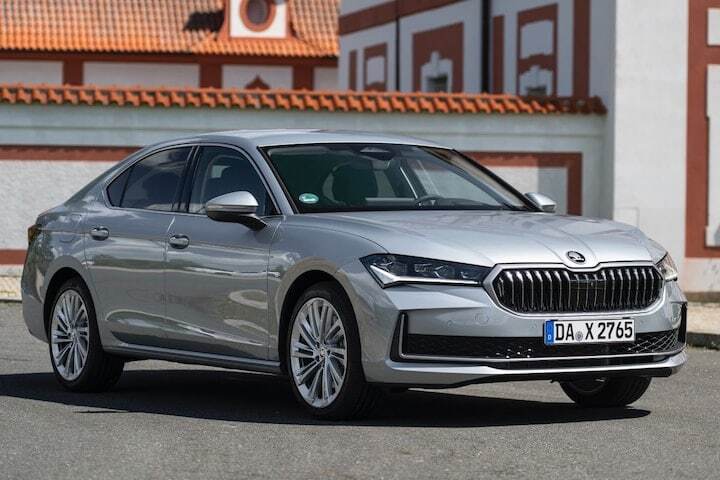
Which PHEV should you get with a limited budget? Here are the top five!
The number of new cars with a plug-in hybrid powertrain continues to increase. As soon as a new model comes on the market, we at AutoWeek compare it in a direct confrontation with its competitors. This way, the AutoWeek test team always knows which are the best plug-in hybrids of the moment. Below you will find the best PHEVs up to €45,000.
The best plug-in hybrid cars up to €45,000
Here we describe new plug-in hybrid cars with a list price up to €45,000. The range of PHEVs in this price range is quite extensive and the number of appearances is quite diverse. All the more reason for some extra information. We pick out the five best for you. Models only appear once in our top five overviews, so if different versions (with, for example, more power) of a car fall into different price segments, you will only find it once: in the cheapest category.
BYD Seal U DM-i: spacious PHEV with EV features
Ford Kuga 2.5 PHEV: sturdy chassis and smooth powertrain
Kia Niro 1.6 GDI PHEV: neat blend of fossil and electric
Lynk & Co 01: a class higher for a reasonable price
Skoda Superb Combi 1.5 TSI iV PHEV: great all-rounder
BYD Seal U
The BYD Seal U is available as a BEV or a PHEV. In the latter case, DM-i is added to its name, which stands for Dual Mode-intelligent. This puts the Seal U in the same category as the Skoda Kodiaq and the Kia Sportage, among others, but for a lower starting price. The plug-in hybrid BYD Seal U DM-i comes in two flavors. The basic version is the front-wheel drive Boost, with a 1.5-liter gasoline engine and an electric motor that together peak at 217 hp. There is also the four-wheel drive Design. This 4WD has a more potent combustion engine and an extra electric motor that drives the rear wheels. The system power is 323 hp. The Seal U DM-i can be charged at both the AC charging station (maximum 11 kW AC) and at the DC fast charger, which is still quite unique for a PHEV. In the latter case, the peak is at 18 kW DC. According to the specification, you can travel up to 80 km on a full battery with the basic version. In practice, we manage to squeeze out a neat electric range of 75 km. The chassis and steering make a somewhat distant impression, the tuning of springs and shock absorbers is more focused on comfort than on dynamics. The powertrain is also one of the comfortable kind: smooth and quiet. Especially when you drive purely with the electric motor (and that is more often than you think), the PHEV shows almost the same driving experience as the electric Seal U. When the battery is empty, the gasoline engine starts to drive a dynamo that not only powers the electric motor but also charges the battery until there is enough electricity in it again. The interior is spacious and the finish makes a neat impression. The operation requires little getting used to and, as with other BYDs, you can rotate the multimedia screen a quarter as you wish. Here you will find all information about the BYD Seal U.
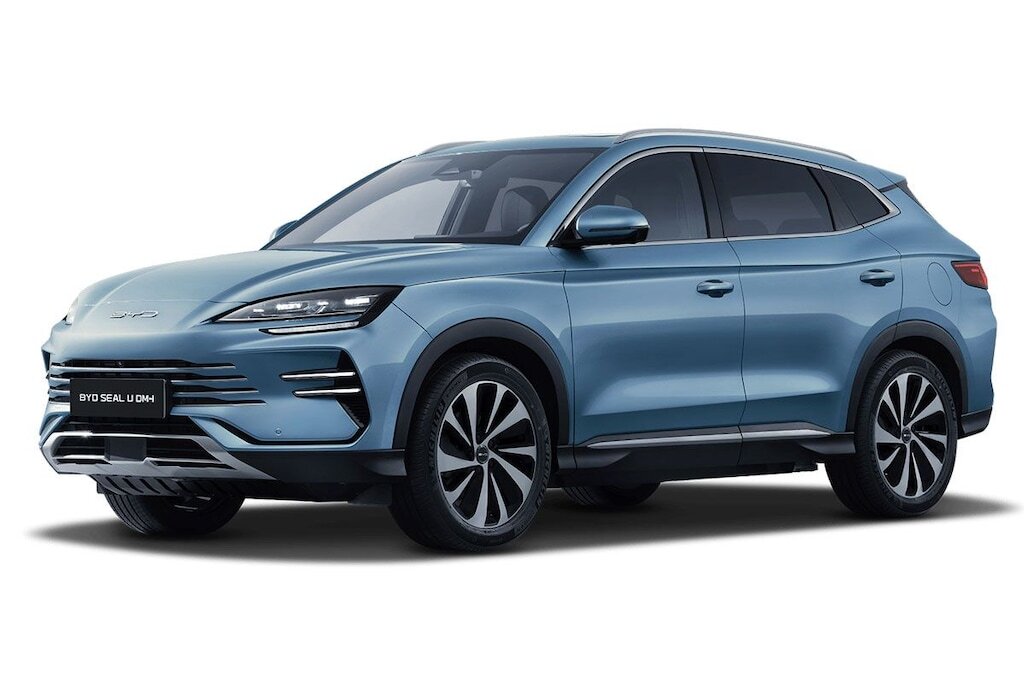
The BYD Seal U PHEV offers a lot of plug-in hybrid for your money.
Ford Kuga
The Ford Kuga received a major update in 2024, so the car dating from 2019 can last for a while again. Among other things, the infotainment system has been updated during the facelift. It is still relatively simple and therefore quite easy to understand. This makes it a nice combination with the clearly readable instruments. The front seats are still excellent and there is plenty of space in the back. If you are more concerned with luggage space, you can slide the rear seat forward in two unequal parts, which of course comes at the expense of the legroom of the rear passengers. The chassis of the Kuga invites you to drive firmly. In this area, Ford has a reputation to uphold. Especially for a somewhat higher car, which this SUV is, the Kuga goes around the corner confidently easily and without excessive tilting. The tuning of springs and shock absorbers is firm. This in combination with the fairly direct steering ensures that the car is nice and agile and remains stable and directionally stable even at high speed. The design of the powertrain shows great similarity with the proven system that we know from hybrid pioneer Toyota. A relatively large 2.5 liter gasoline engine works seamlessly with an electric motor via a gear set and delivers more than enough traction. It is fairly easy for the engines to bring the car up to speed and keep it there. And that with a modest consumption. With a capacity of 14.4 kWh, the battery pack is now quite modest by current standards. Yet we come more than 50 kilometers on a full battery before the gasoline engine kicks in. With an empty battery, the powertrain behaves like a neat hybrid and we note an average test consumption of 5.4 liters per 100 kilometers (1 in 18.8). There is no choice of other powertrain variants, Ford only offers this 243 hp PHEV. Here you will find all information about the Ford Kuga.
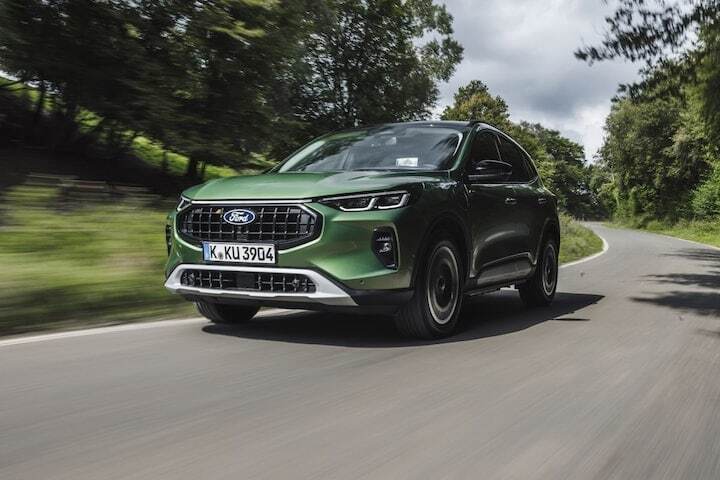
The chassis of the Ford Kuga may make it the best plug-in hybrid to drive through.
Kia Niro
The current, second generation Kia Niro, like its predecessor, is also available with a choice of a hybrid, a plug-in hybrid and a fully electric powertrain. The front-wheel drive PHEV in this case turns out to be the best of both worlds for those who often make shorter trips but occasionally want to go a little further. The atmospheric gasoline engine and the electric motor together peak at 171 hp. In daily practice, the electric motor has enough to be able to do it alone. At least, as long as the battery is not yet empty. According to the specification, you should be able to travel 65 kilometers purely electrically on a full battery, in practice we come close to that: we note 63 kilometers. That is a neat range when you consider that the battery has a modest capacity of 11.1 kWh. Charging is possible with a maximum of 3.3 kW on the 1-phase charger. That does not set records, but the compact battery is topped up again in just over three hours. When we don’t plug in but continue on the gasoline engine alone, the four-cylinder turns out to be particularly economical. We realize an all-round average test consumption of 4.8 l/100 km (1 in 20.8). In the tuning of springs and shock absorbers, Kia has found a nice balance between comfort and dynamics, the car has a good-natured character and thus proves to be a fine all-rounder. Kia is still in the vanguard when it comes to ease of use with the multimedia system. It is comprehensive and yet one of the most logical systems we know. In addition, the Niro still has enough physical buttons. They require little or no attention. Kia has been advertising with a seven-year factory warranty for years. That can now be extended to ten years under certain conditions. The South Koreans have a lot of confidence in their cars. Here you will find all information about the Kia Niro.

For those who want to go out with the caravan: the Kia Niro can pull 1,300 kg.
Lynk & Co 01
The Lynk & Co 01 is closely related to the plug-in hybrid version of the Volvo XC40. At least, until recently. Lynk & Co has technically revised the 01 while Volvo has meanwhile removed the PHEV variant of the XC40 from the range. Spearhead of Lynk & Co is to reduce costs by drastically limiting the choice options. Where initially only one version was available, since the update in 2024 there is a choice of two versions (Core and More). And that in three colors. You have to make do with that. There is no option list, and that does not actually seem necessary at all. All common systems and facilities are standard, with the More just a little more than the Core. The difference lies in things like multi-colored ambient lighting, steering wheel heating, a selfie camera and electric seat adjustment. Incidentally, the old version is also available as a cheaper Business Edition. And why not? That car has a smoothly running powertrain and a good chassis with excellent steering. On a full battery we come 63 kilometers on the electric motor alone, only 6 less than Lynk & Co specifies. After the 2024 update, the performance of the three-cylinder gasoline engine has been reduced slightly, from 180 to 150 hp. This is more than compensated by the electric motor, which from now on is good for 136 hp instead of 82 hp. As a result, the 01 is slightly more economical than before and travels six kilometers further on a full battery. Ergonomically it was already good and is still fine, not least thanks to a slightly larger multimedia screen. There is little wrong with the finish and the materials used, especially given the price range in which it operates. For an equivalent Volvo you had to dig considerably deeper into your pocket (when it was still available). Here you will find all information about the Lynk & Co 01.
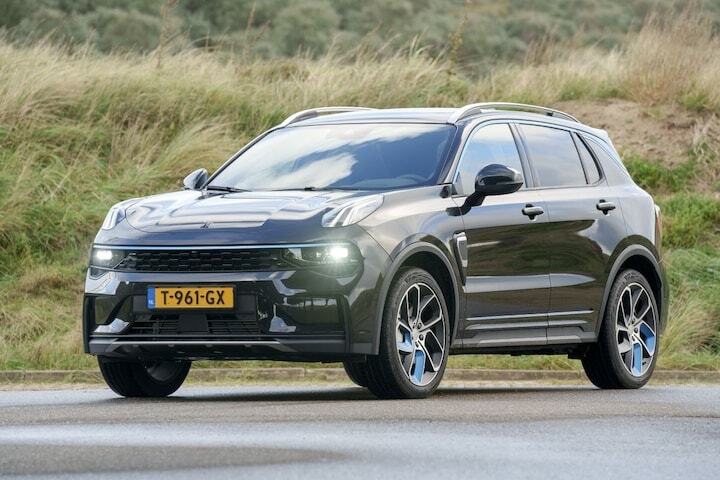
The Lynk & Co 01 offers Volvo technology for a much more reasonable price.
Skoda Superb
The fourth generation of the Skoda Superb largely shares its body with the Volkswagen Passat, at least the station wagon, because the Passat is no longer available as a hatchback. To distinguish them, both manufacturers give the cars their own front and rear. The dashboard design also differs. Skoda gives the Superb three large rotary knobs under the multimedia screen. This prevents you from having to swipe too much and contributes to pleasant operation. Spearhead of the Superb is its space. That is already great in the hatchback, in the station wagon (Combi in Skoda jargon) it is even better. The station wagon not only has a larger luggage space, but also offers more headroom for the rear passengers thanks to the higher roofline. Skoda charges €1,000 extra for the Combi, which is a modest surcharge given the extra space you get for it, and therefore our choice. The chassis of the large Skoda is comfortable without becoming too soft or swaying too much. The car goes nicely predictably and very stable on the road, a real all-rounder. The PHEV Superb is a front-wheel drive and has a 1.5-liter four-cylinder and an electric motor that together are good for 204 hp. The battery pack has a net capacity of 19.7 kWh. According to Skoda, that is enough for an impressive electric range of no less than 134 km. We don’t quite get that far, but without too much effort, 120 km is certainly achievable in practice. That gives him a considerable EV experience. The latter also applies to charging. In addition to the AC charging station, you can also go to the DC fast charger with the Superb, where you can charge with 40 kW DC in practice (officially the peak is at 50 kW, but that is only briefly). The same drive technology is also available in the Kodiaq, Skoda’s largest SUV. If you are concerned about the higher entry, that is a good alternative to the lower Superb. As a PHEV you also have the Kodiaq for just under €45,000. Here you will find all information about the Skoda Superb.
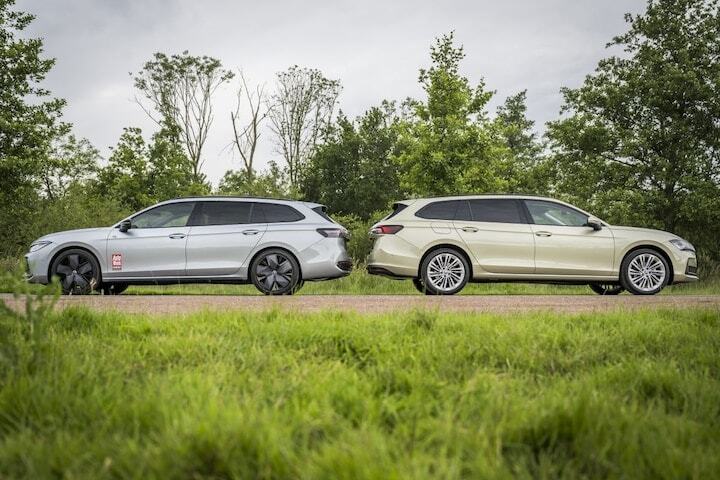
The Skoda Superb is more than a half-brother of the Volkswagen Passat.